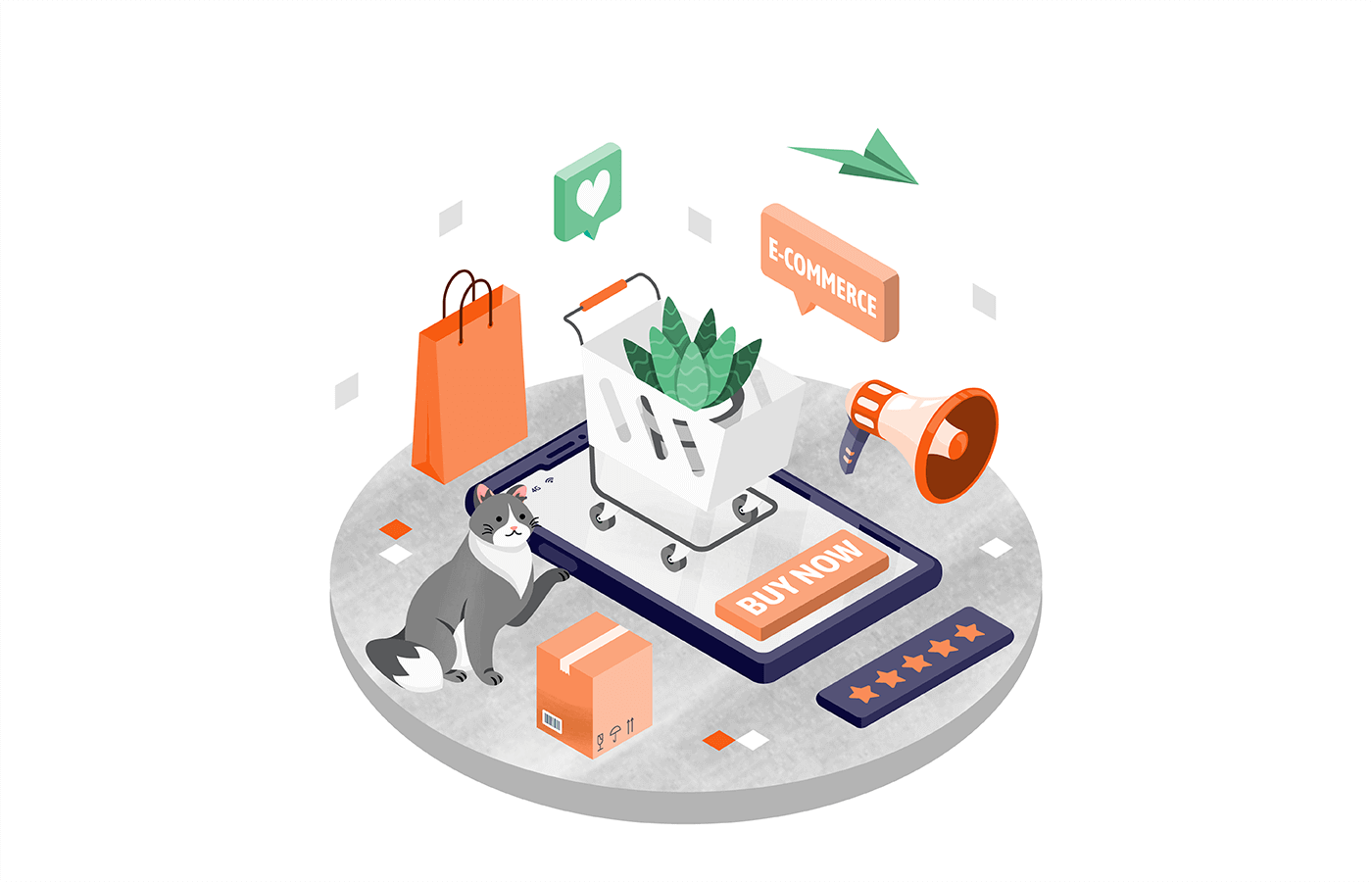Coming from ecommerce businesses, you know better than most that staying ahead means keeping your finger on the pulse of trends. However, while some trends might make more noise than others, they’re often short-lived. What you truly need is a strategy that stands the test of time.
This is where marketing automation comes into play. It offers a sustainable approach that helps you build long-term relationships with your customers, all while saving time and effort that would otherwise be spent chasing fleeting trends.
Less than half (49%) of companies currently use marketing automation, giving you a competitive edge if you embrace it. In this article, we’ll delve deeper into ecommerce marketing automation, exploring the most effective strategies and how to implement them for your ecommerce store.
But first, let’s establish that automation should — no, must — become your top priority.
Key Advantages of Ecommerce Marketing Automation
There’s more than one good reason why your online store should invest in marketing automation:
- Enhanced customer engagement. With automation, you can engage your customers with timely messages, making them feel more connected to your brand;
- Personalized customer experience. Tailor your communications to each customer’s preferences with automation, offering a shopping experience that feels just for them;
- Increased efficiency. Streamline your marketing tasks with automation, so your team can focus on what really matters without getting bogged down;
- Improved data management. Automation helps you keep all customer data in one place, making it simpler to understand your customers and make informed decisions;
- Higher conversion rates. Guide your customers through their buying journey with automated workflows, directly boosting your conversion rates;
- Cost-effective marketing. Cut through the noise with automated marketing that reduces costs and improves ROI, giving you a better return on your marketing spend.
10 Effective Ecommerce Marketing Automation Strategies
Prestashop, WooCommerce, or Shopify, marketing automation is for any ecommerce business with any ecommerce platform. However, you’ll be able to reap the sweet results only if you have the right marketing automation software and strategies in place.
We’ll talk about how you can find your marketing automation tool soon enough. But first – the top 10 ecommerce marketing automation strategies (including examples of automated marketing campaigns):
Post-Purchase Follow-Up
Order confirmation might be the first personal interaction your customer has with your brand, so it’s important to leave a good impression, which is impossible without automation.
A timely follow-up about customers’ orders after the purchase assures them that it was successful and that your brand is trustworthy, too. In return, this encourages more future interactions.
Usually, post-purchase follow-up includes the following steps:
- Order confirmation. Thank the customer, detail the order, provide delivery info, and offer tracking;
- Order shipped. Reiterate order info, specify shipping carrier, provide tracking number, and update the delivery estimate;
- Order delivered. Notify the customer of delivery, instruct on missing/damaged packages, and encourage checking;
- Educational material. Offer tips, resources, and instructions on how to use and maintain the product;
- Feedback request. Ask for feedback, provide an easy-to-use platform, and thank the customer for their time.
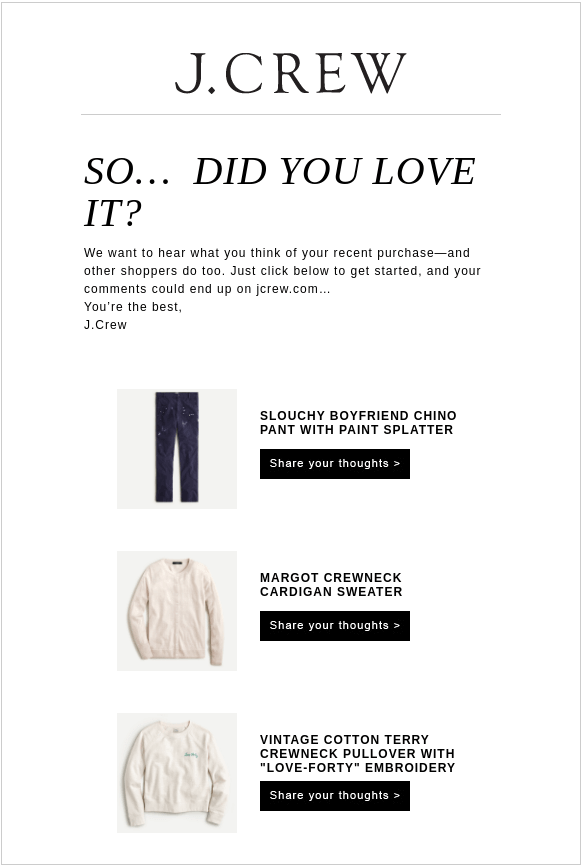
If you’re updating your automated email campaigns, check out these 13 order confirmation email templates & examples for inspiration and valuable tips.
Abandoned Cart Recovery
This automation strategy is especially relevant for ecommerce businesses as a stunning 73% of shoppers abandon their carts, leaving significant revenue on the table. An abandoned cart sequence can reignite their interest and guide them to complete purchases.
But only if you have a marketing automation tool that empowers you to send persuasive messages in action. Why “messages,” i.e., plural? As there are numerous reasons for cart abandonment, some prospects might need more than one nudge to return to their cart.
An effective abandoned cart sequence includes:
- Reminder message. Sent within an hour of abandonment, this message gently reminds customers of their items with images and a clear CTA;
- “Reasons to buy” message. Sent a day later, highlighting product benefits, addressing objections, and including testimonials or reviews;
- “Limited-time” message. Sent 1-2 days after the last message, offering a time-limited discount to create FOMO;
- “Last chance!” message. Sent 24 hours before the discount expires, emphasizing urgency and the final opportunity to use the offer.
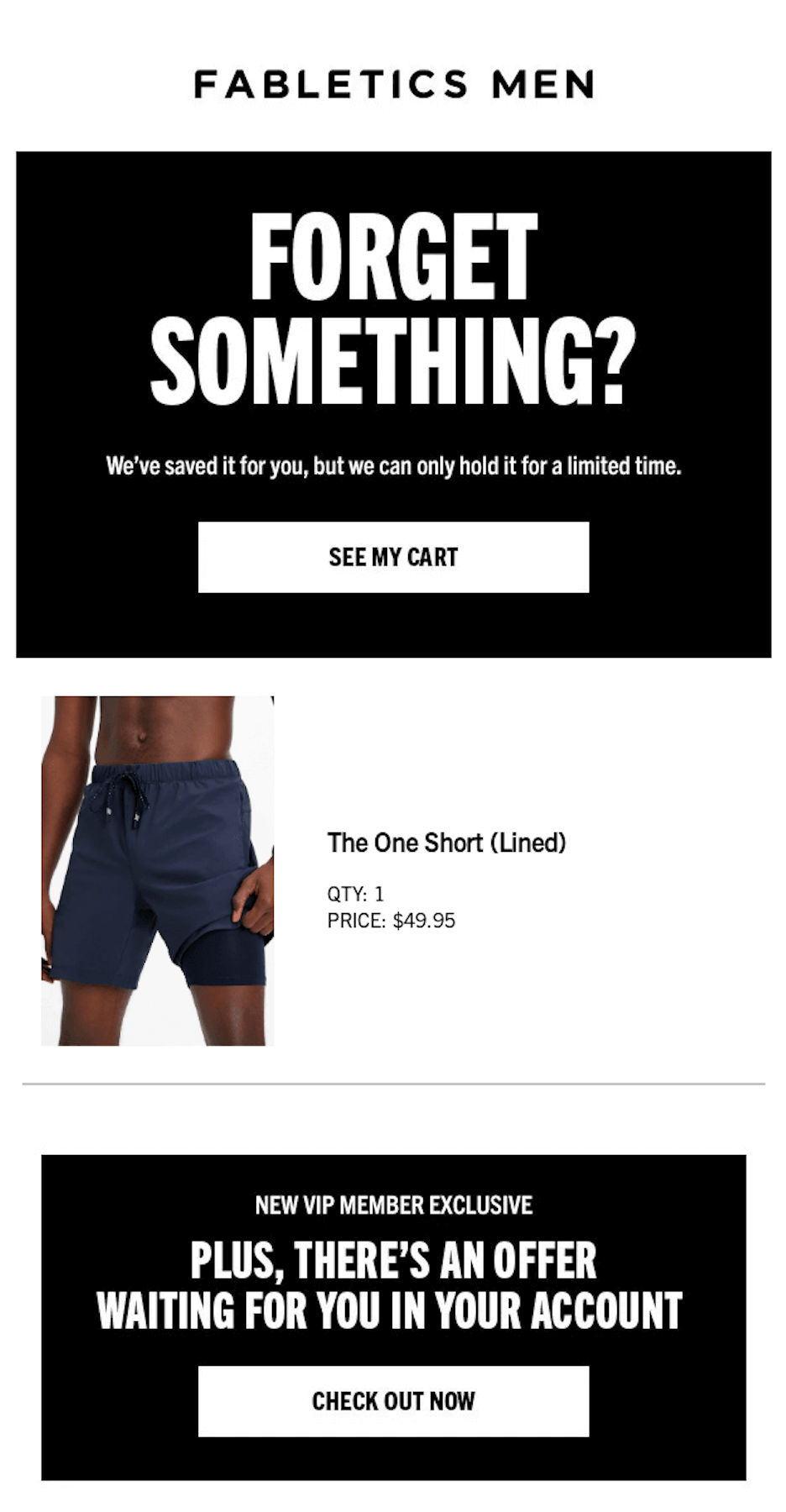
Back-in-Stock Email
Back-in-stock emails are more than just a simple heads-up for eager customers waiting for their favorite items to return to the shelves. They boast an impressive average conversion rate of 14% – nearly double the 8.17% average across all campaign types.
But what makes these automated marketing emails so effective? Well, if you’ve already bought from an online bakery shop, just imagine getting a notification that your favorite cookies, which you haven’t eaten in ages, are available again.
If you haven’t bought anything yet, the email will inform you that a product is so popular that it’s immediately sold out — luckily, you have the first dibs! Alluring, wouldn’t you say?

Quickly master email marketing automation with Sender. Access advanced features such as customer segmentation, personalization, and workflows all in one user-friendly dashboard.
Product Update Campaigns
There’s only so much point in hiding in the bushes. Be loud and proud with automated messages if you have a product update, new launch, or improvement!
By highlighting the new benefits, improvements, or innovations, these campaigns can interest old customers who already own the product and attract new ones who may have avoided older versions.
Not to mention that it’s direct proof that your ecommerce store keeps evolving and that you have something interesting up your sleeve.

Personalized Product Recommendations
If you liked the previous marketing automation strategies, you might also like personalized product recommendations. Does the phrase sound familiar? It’s because this strategy is widely used for one good reason — it’s highly effective.
Personalized product recommendations use customer data to offer suggestions they’re most likely interested in. This way, the shopping experience feels tailored and relevant, providing a straight path to conversions. There are also some side effects — overall satisfaction and a stronger connection with your brand.
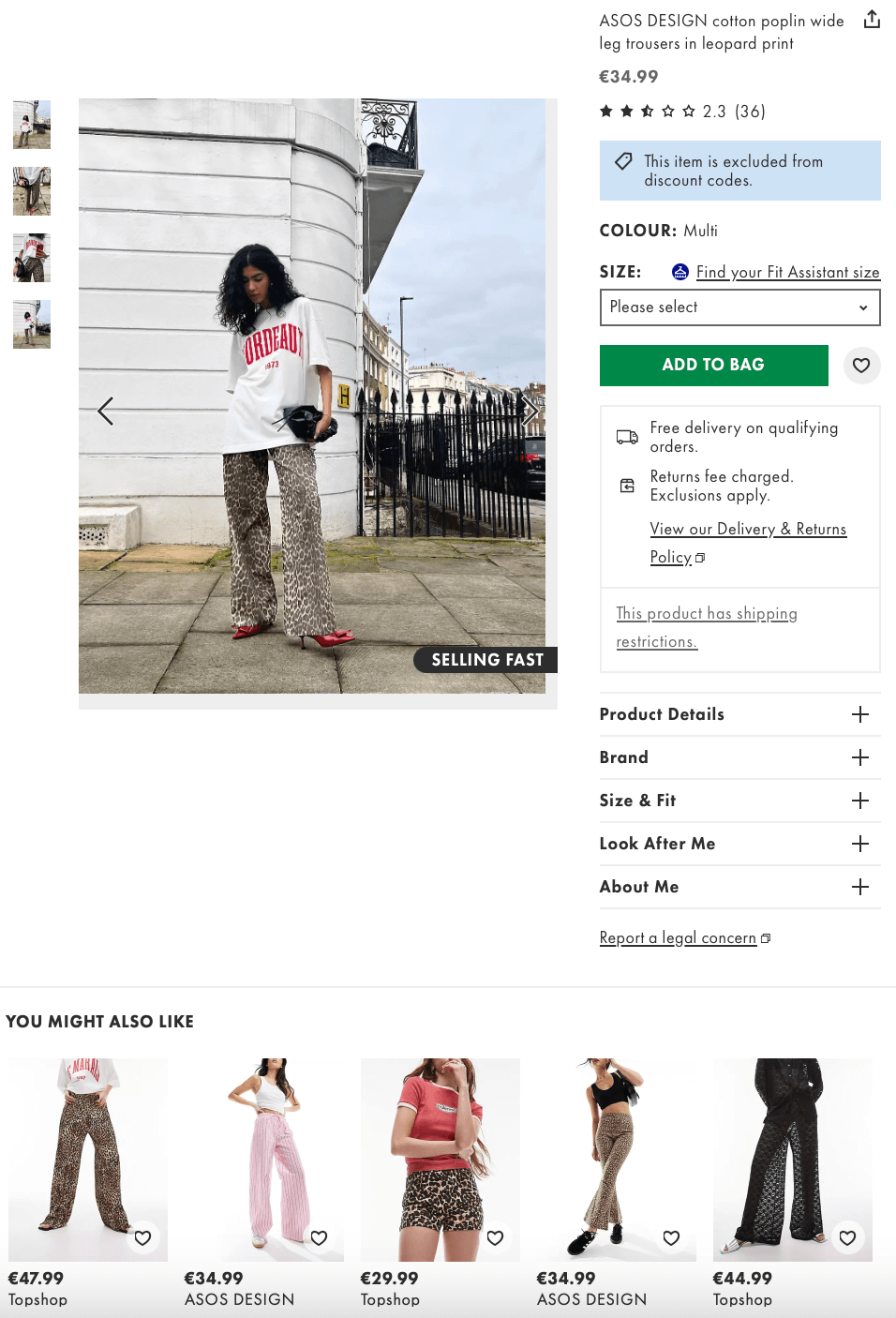
Welcome Email Series
Sound familiar? You’ve probably stumbled upon countless blog posts about welcome emails, especially when exploring marketing automation platforms. And for good reason – they’re truly a powerful tool!
Welcome email series are your brand’s secret handshake, a warm invitation that sets the tone for a long-lasting relationship. These initial communications are your chance to make a stellar first impression, introducing your brand’s personality, values, and the unique benefits you offer.
Craft a series of engaging, informative, and personalized emails to guide new subscribers through a delightful onboarding journey:
- Welcome email sets the tone for your relationship with the subscriber and introduces them to your brand;
- The bestsellers email showcases popular products to build trust and interest by highlighting what other customers love and buy frequently;
- Educational email educates subscribers about your products to help them understand the value and benefits, making them more likely to purchase;
- Exclusive offer email provides a discount or deal to create a sense of urgency and motivate subscribers to make their first purchase;
- Assurance email addresses potential concerns and provides reassurance to build trust and reduce any reservations about the purchase.
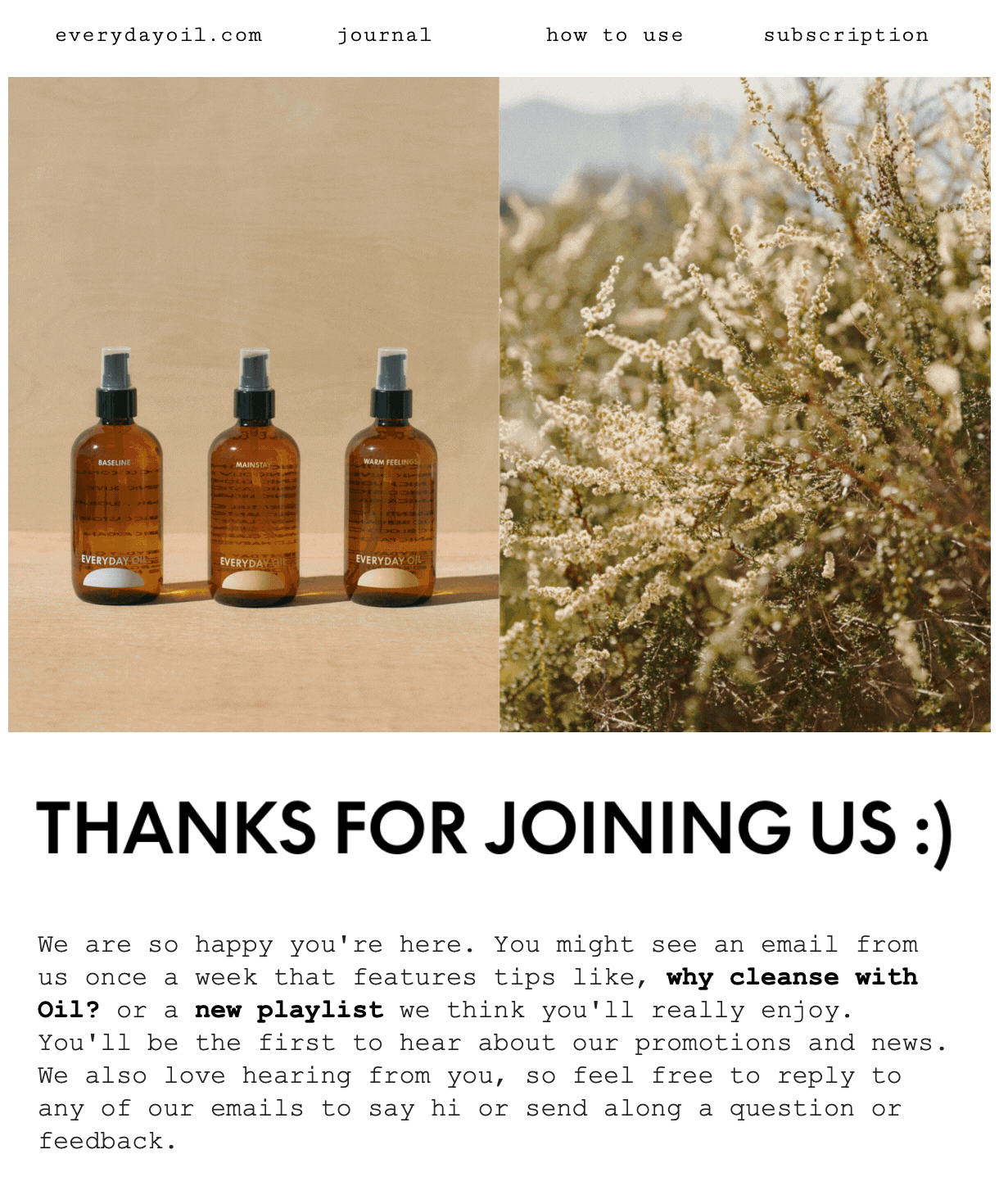
Re-Engagement Campaigns
Out with old, in with the new? When it comes to customers, you shouldn’t hurry. Acquiring new customers can cost up to 5x times more than keeping the old ones, so retention campaigns will always remain a smart move, especially when you can re-engage customers who drifted away.
Re-engagement campaigns are a subtle yet powerful way to reignite the spark with inactive customers. These campaigns are crafted to remind lapsed customers of the joy they once found in your products or services, gently nudging them back into your orbit with enticing offers, updates on what they’ve missed, and a dash of nostalgia.
The best of all? A good ecommerce marketing automation software will allow you to detect and lure back inactive customers, all while working in the background!
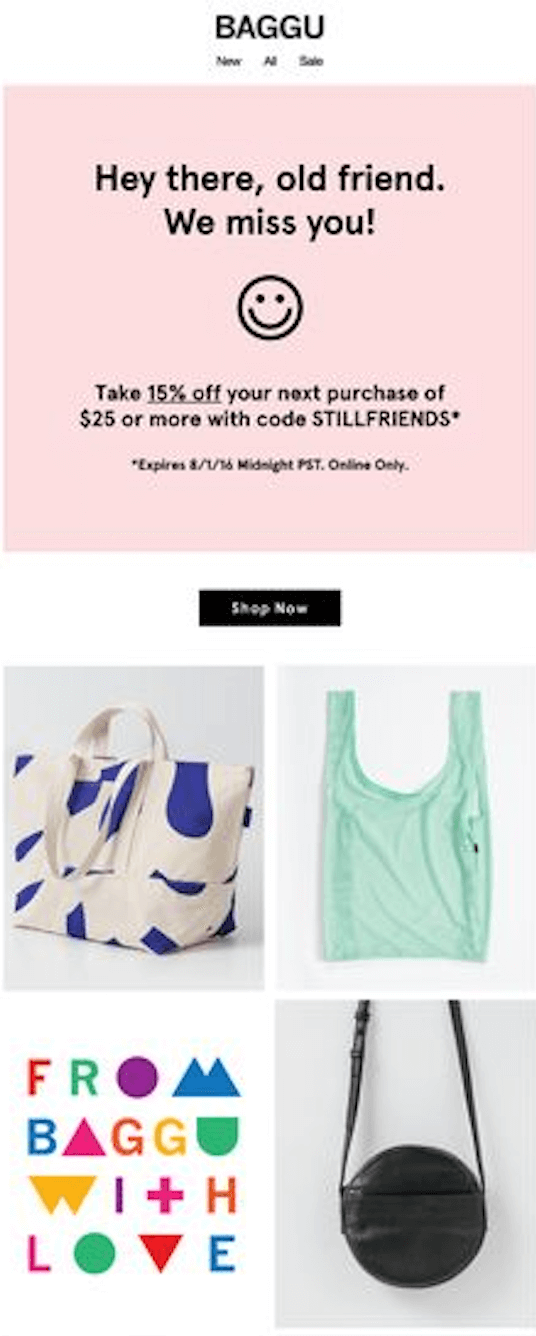
Loyalty and Reward Programs
Your ecommerce business deserves loyal customers, and your customers deserve something for being loyal. Agreed? Agreed. That is why you should consider loyalty and reward programs.
These programs are designed to reward the most dedicated customers with discounts and perks and a deeper connection to the brand. By offering points, rewards, and special access, loyalty programs motivate repeat purchases and foster a sense of belonging among participants.
They transform transactional relationships into something more meaningful, where every interaction is an opportunity to earn recognition and appreciation. The result — a community of brand advocates who aren’t just happy — they’re loyal.
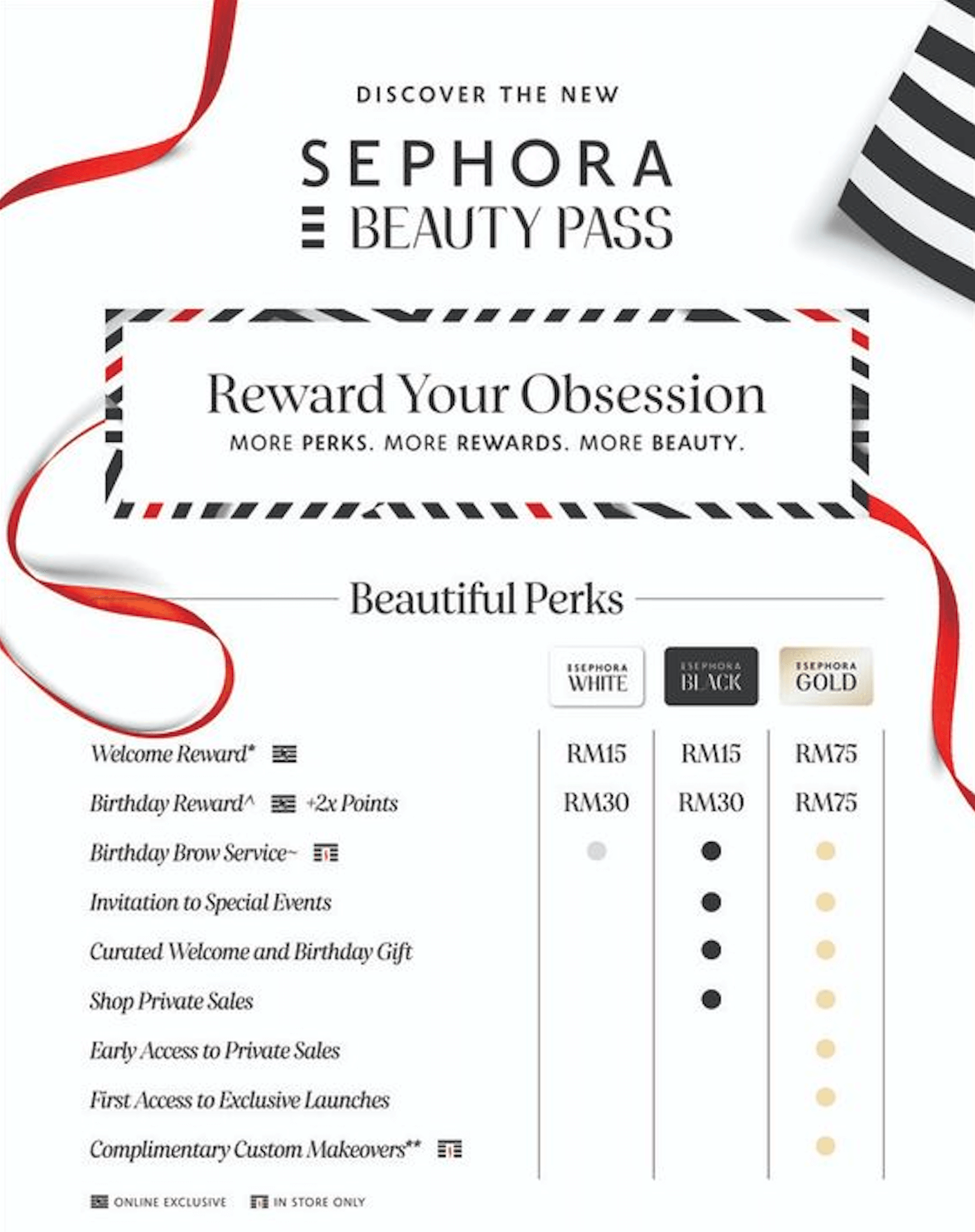
Dynamic Content Emails
As the saying goes, “You can’t please everyone.” But did you know that you can please each one? If you adapt your content to each viewer’s unique preferences and behaviors, they’ll happily hear more from you.
One of the automated ways is dynamic content, the chameleon of the digital marketing world. This automated marketing tools’ technology allows real-time customization of content based on user data, creating a tailor-made personalized experience.
Dynamic content ensures that every visitor encounters material that resonates with their interests and needs by dynamically adjusting headlines, images, and calls-to-action (CTAs). Consider engagement and conversions boosted.
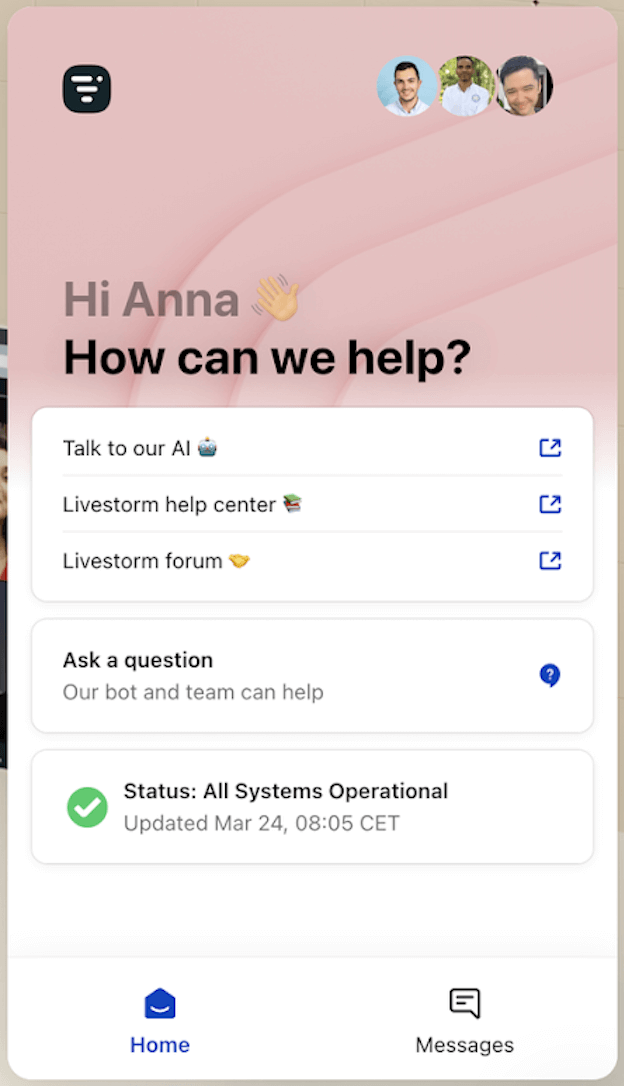
Cross-Sell and Upsell Campaigns
You can automatically ask your online store customers, “Do you want fries with that?”. Well, just replace “fries” with whatever you’re selling.
Cross-selling and upselling campaigns work wonders in growing your average order value (AOV) and keeping those loyal customers returning for more, maximizing their lifetime value (LTV).
Think of cross-selling as a cherry on top of your customers’ shopping sundae. Suggest items that complement what they’re already buying or make using their purchase even better.
In the meantime, upsell offers to exchange what’s already good for great. To entice your customers to upgrade, showcase the value proposition in an irresistible way: offer tiered pricing options, sprinkle in some discounts, free upgrades, or exclusive bonuses, and watch as they warm up to the idea of treating themselves.
Implementing Ecommerce Marketing Automation Strategy
Now that the best ecommerce marketing automation strategies are written in your playbook, let’s see how to turn them into the real thing:
Define Your Goals and Objectives
Start by setting crystal-clear goals that will ignite your campaign and keep you laser-focused on success. Your strategy is destined for success when you know exactly what you want to accomplish.
For goals that stick, follow the S.M.A.R.T. formula:
- Specific: Define clear, detailed goals (e.g., “increase subscribers by 20% in three months”);
- Measurable: Use metrics to track progress (e.g., open rates, click-through rates);
- Achievable: Set realistic targets based on your resources;
- Relevant: Ensure goals align with your broader business objectives;
- Time-bound: Set deadlines to create urgency (e.g., “boost open rates by 5% this quarter”).
Choose Marketing Automation Software
Work smart, not hard, with an ecommerce marketing automation platform!
With marketing automation tools, you can:
- automate routine tasks;
- personalize customer interactions;
- streamline workflows;
- engage customers at the right time;
- enhance customer experience;
- make data-driven decisions;
- scale efficiently;
- save costs;
- gain a competitive advantage;
- improve conversion rates;
- ensure omnichannel consistency.
That’s a lot of work taken off your hands!
If you’re feeling convinced, take a look at the ecommerce marketing automation tools we can’t recommend enough:
Sender
Email automation for ecommerce is the best thing you can choose today. The second best thing is Sender. This email marketing platform has all the advanced automation features a growing business might need without hurting your budget.
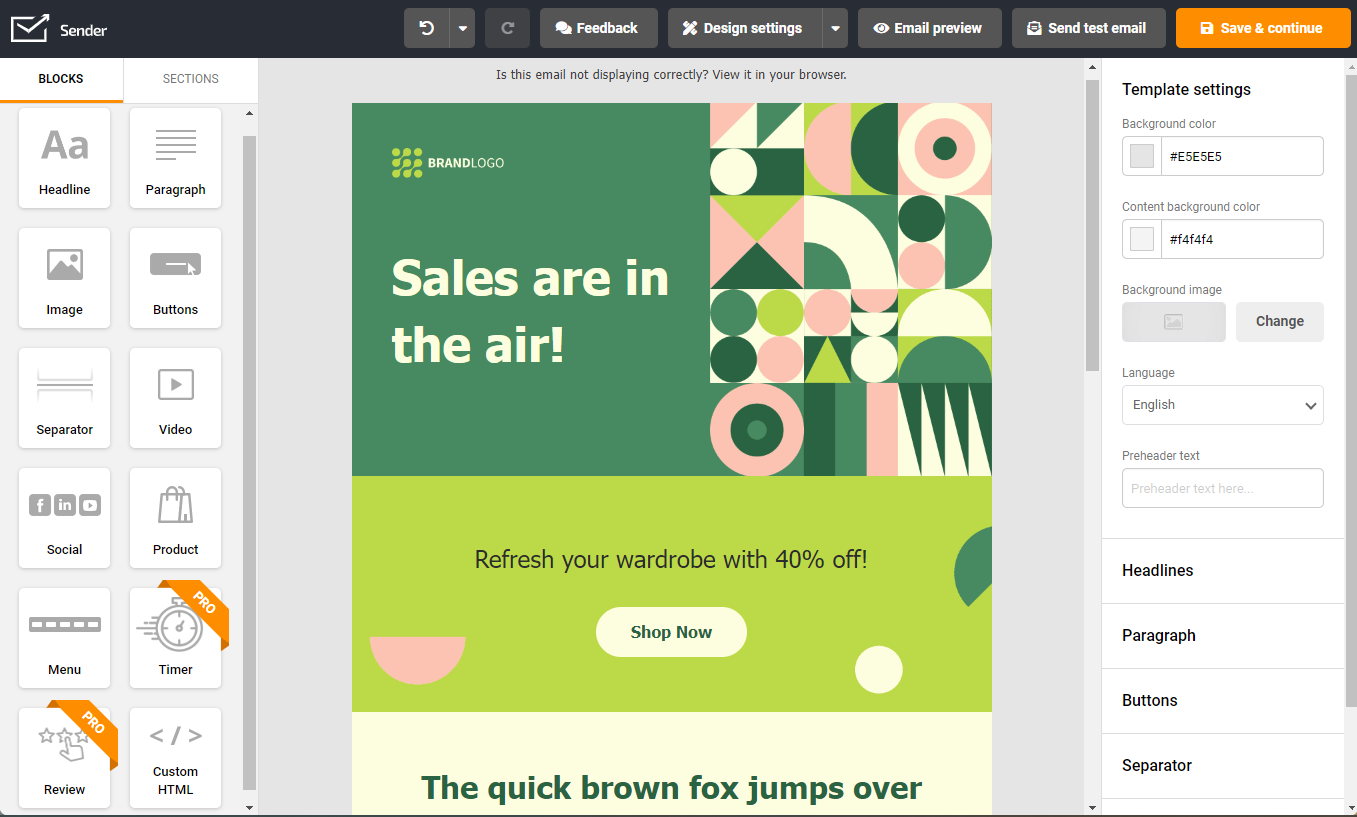
Social Poster
Social Poster is your go-to social media automation software for simplifying your posting routine. It lets you easily schedule and publish content across various platforms, ensuring you’re always active and engaging with your audience.
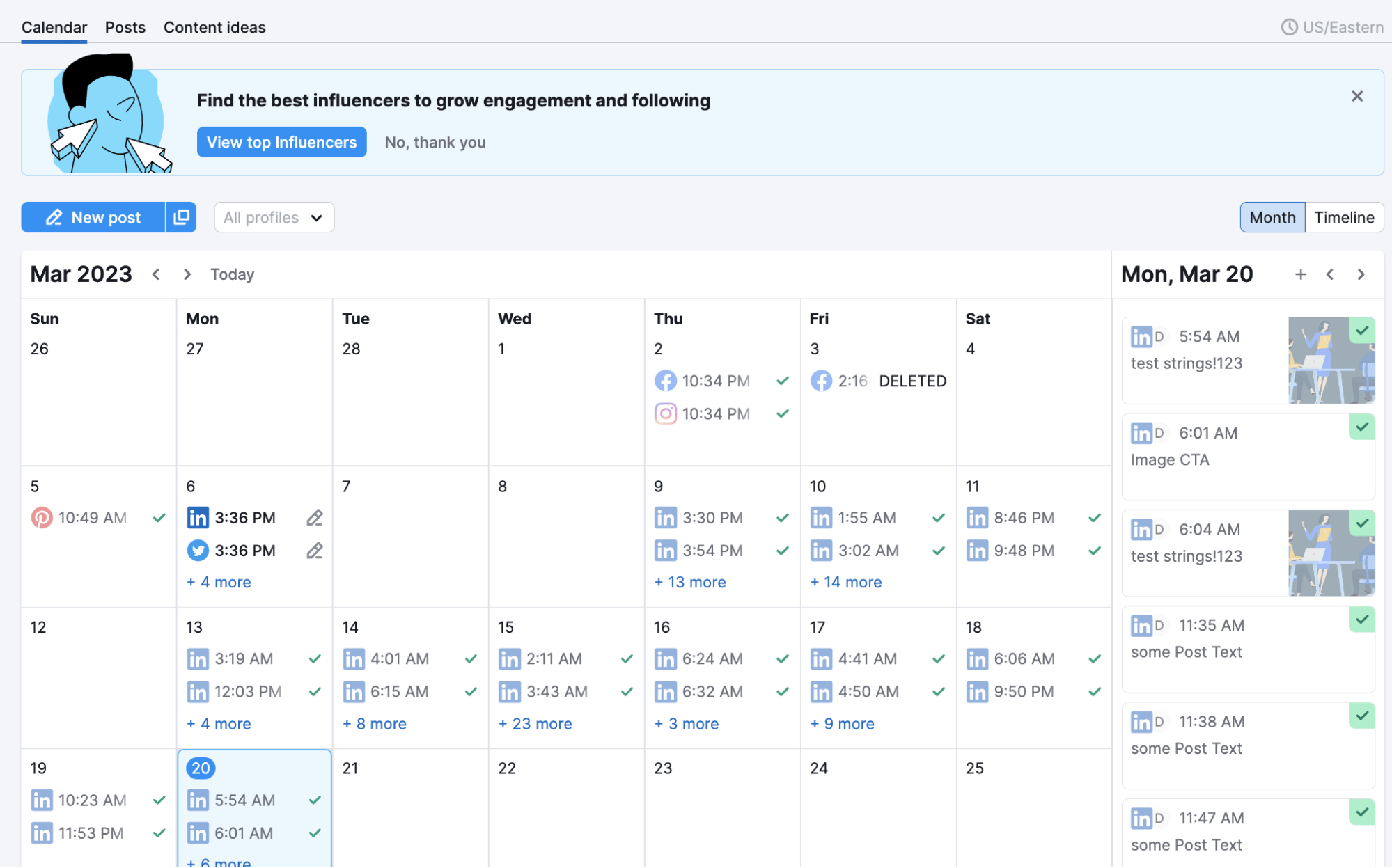
HubSpot Marketing Hub
HubSpot Marketing Hub shines as a feature-rich ecommerce marketing automation software by simplifying your marketing tasks from start to finish. It’s easy to use, integrates well with other tools, and gives you the data you need to make smart decisions and boost your ROI.
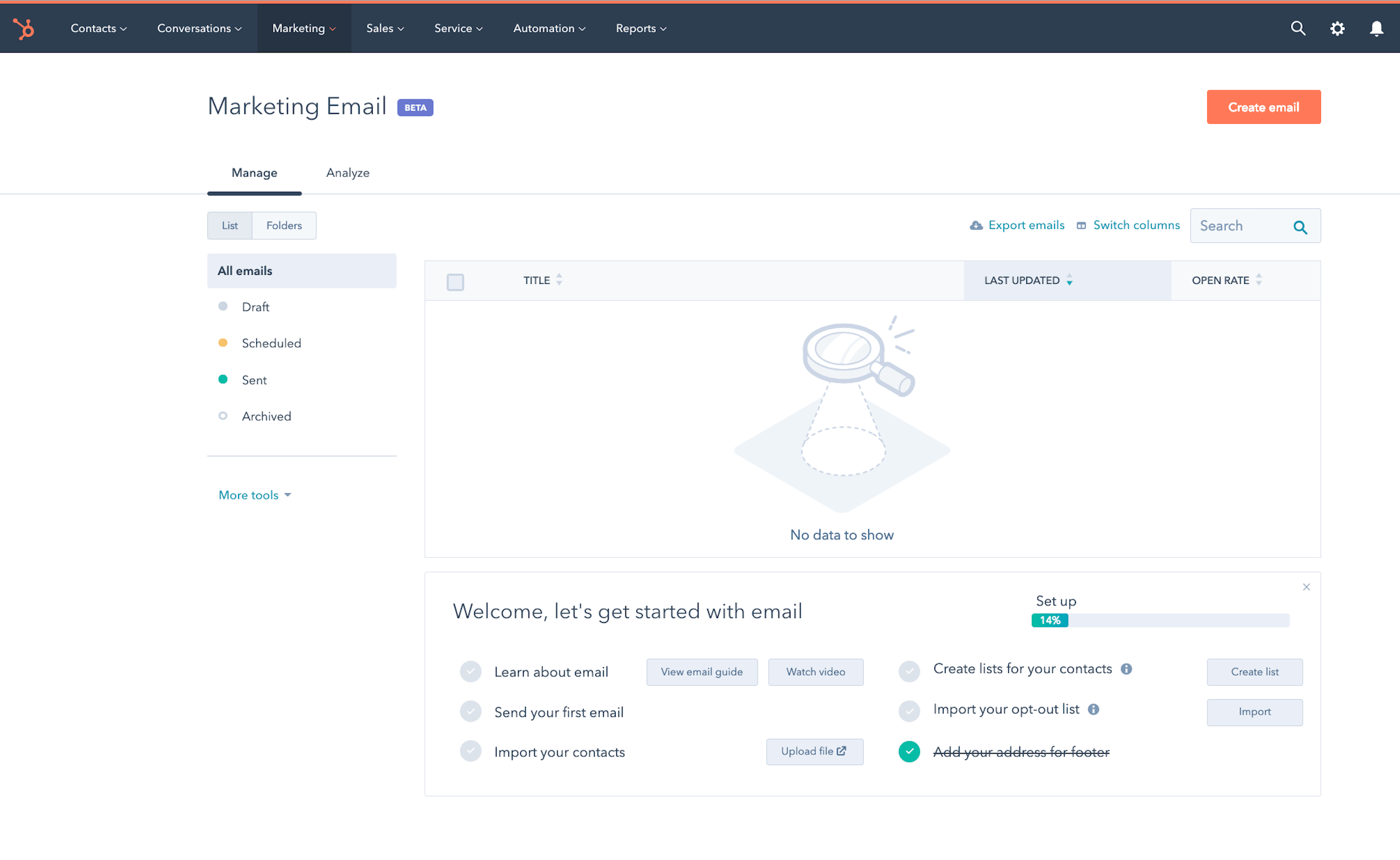
Segment Your Audience
Segmentation isn’t just a buzzword; it’s a real game-changer. Segmentation lets you directly speak to each group’s unique needs and interests within your audience. By dividing your audience into segments based on different factors, you can create targeted marketing campaigns that truly resonate.
So, how do you segment your audience? Consider this criteria:
- Demographics. Get to know your audience by their basic traits—age, gender, location, job, and income;
- Purchase history. Look at what your customers have bought before to group them by similar buys or where they are in their journey with you;
- Engagement levels. Keep an eye on who’s opening your emails and clicking through. This tells you who’s all in and who might need a nudge;
- Psychographic characteristics. Dig deeper into what makes your audience tick — their lifestyle, beliefs, hobbies, and opinions.
Personalize Your Communications
Once you’ve segmented your audience, personalization is the next logical (and winning) step.
The idea is simple: instead of sending a one-size-fits-all email to your entire list, you send personalized content to different segments. Your customers feel seen and understood, increasing engagement and conversion rates.
Let’s say you have a very specific segment of tech enthusiasts in their 40s who recently bought health gadgets. As first-time buyers, they could receive an email with personalized recommendations for fitness trackers and a 10% discount on their next purchase.
Create Automated Workflows
And last but not least in marketing automation are workflows. You need to set up a series of actions automatically when a customer does something specific or meets certain criteria.
For instance, you can welcome new subscribers with an email, then follow up with helpful info about your brand, and finally, offer a special deal to encourage their first purchase. This saves you time and helps build stronger connections with your customers.
Key Takeaways
If you need to take anything from this article before you leave, it’s this:
- Embracing marketing automation gives you a competitive edge, helps you build long-term customer relationships, and streamlines your marketing tasks;
- Automation streamlines your marketing efforts and consolidates customer data, making it easier to make informed decisions;
- Automated marketing reduces costs and improves ROI, providing a better return on your marketing spend;
- Use automation to send timely, personalized messages that connect with customers and foster stronger relationships;
- Guide customers through their buying journey with automated workflows, increasing your chances of conversions and higher sales.
Thriving for more? Check out these top blog posts:
